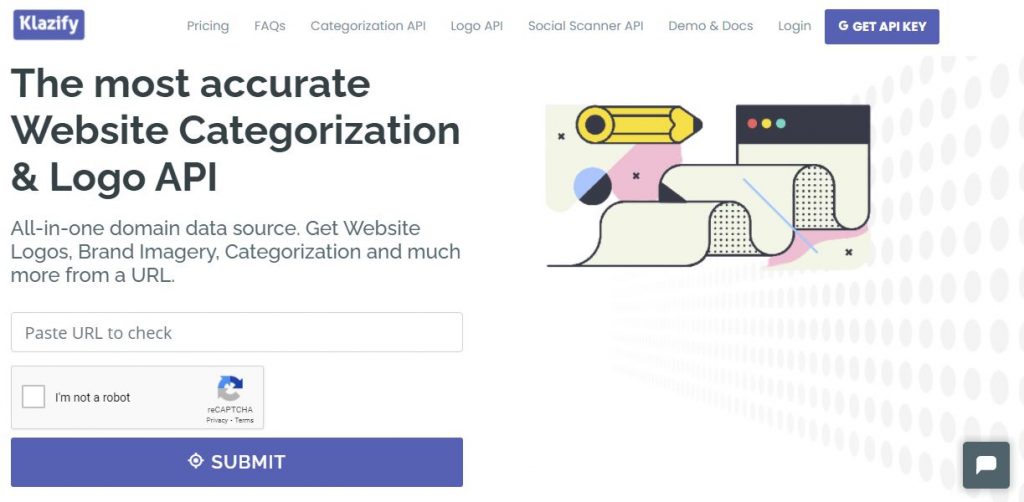Most companies were only a few years ago concerned about putting in place the essential network infrastructure to go digital. We’ve reached a critical point where protecting those internet-connected digital assets from the eventual cyber attacks is crucial.
One of the most important parts of worldwide internet connections is the domain name system (DNS). Users are unable to access linked internet resources when a piece of the DNS is attacked or disabled.
What is a DNS?
DNS is an identification system for computers, services, and other resources connected to the Internet or a private network. It connects a variety of bits of data to domain names assigned to each participant.
DNS is crucial for matching domain names to IP addresses. Because of that, you must know the entire online context of any URL, email, or domain name from other people you are connecting with.

With that being said, you better anticipate cyber-risks and identify frauds before it’s too late. For this procedure, there’s an API for website categorization called Klazify
What Klazify does?
It is one of the best APIs in the world of information categorization and programming. In two easy steps, you can receive programming codes in the JSON coding language, that can be understood by computers and humans.
The Website Categorization and Social Media Scanner API from Klazify scans a website’s content and meta tags by using a machine learning (ML) engine. It uses natural language processing (NLP) to collect text from the site and classify it into up to three categories.
Customers who require a local alternative for domain categorization will benefit from their offline database. Hardware/product integrations, custom applications, and internal use at a large enterprise company are all common use cases.
Klazify will travel to the specified domain name or URL, collect the content, and categorize it using an IAB V2 Standard classification taxonomy, which may be used for 1-1 customization, marketing segmentation, online filtering, and more. As a result, the URL or domain can now be assigned to a particular category.

Categorization by Domain
There are literally hundreds of topic areas to pick from, making the list informative but slightly wider than other taxonomies.
The classification system used by Klazify is suitable for internet monitoring and security applications. They support nearly all world languages as well as all available domains.
Klazify makes use of the IAB’s Classification Taxonomy (Interactive Advertising Bureau). They’ve established a standard set of categories and subcategories for advertising purposes.
Why Is Klazify the Best Website Categorization Option?
Powerful & Versatile
Klazify can scale to millions of requests while remaining stable under heavy load.
Easy-to-integrate
Klazify’s APIs are simple to use and integrate.
Support Manager
Their Customer Support Team is available at all times to solve any questions you may have.
Documentation that is straightforward
Each endpoint is well-documented and includes examples, allowing customers to get things done quickly.

Key Attributes
Big Data
Klazify uses strong machine learning to categorize massive amounts of online pages, confirming that the categorization database is one of the most precise on the market.
Wide Range of Applications
Customers may simply deliver services like Internet filtering, subscriber statistics, advertising networks, and fraud prevention using Klazify’s domain classification.
Data Firehorse
Do you need access to the raw data stream as it is being categorized? Klazify delivers an HTTP-based real-time data firehose.
Algorithms of the Future
Klazify’s technology classifies material on URLs, as well as complete websites and IP addresses, making it ideal for security devices that don’t have access to the full URL.
Responses that are Developer-Friendly
Every API answer is returned in JSON format, which is simple to understand and integrate into your application.
Continually updated
Klazify is constantly classifying new and current websites, providing real-time findings, and maintaining an up-to-date database.

